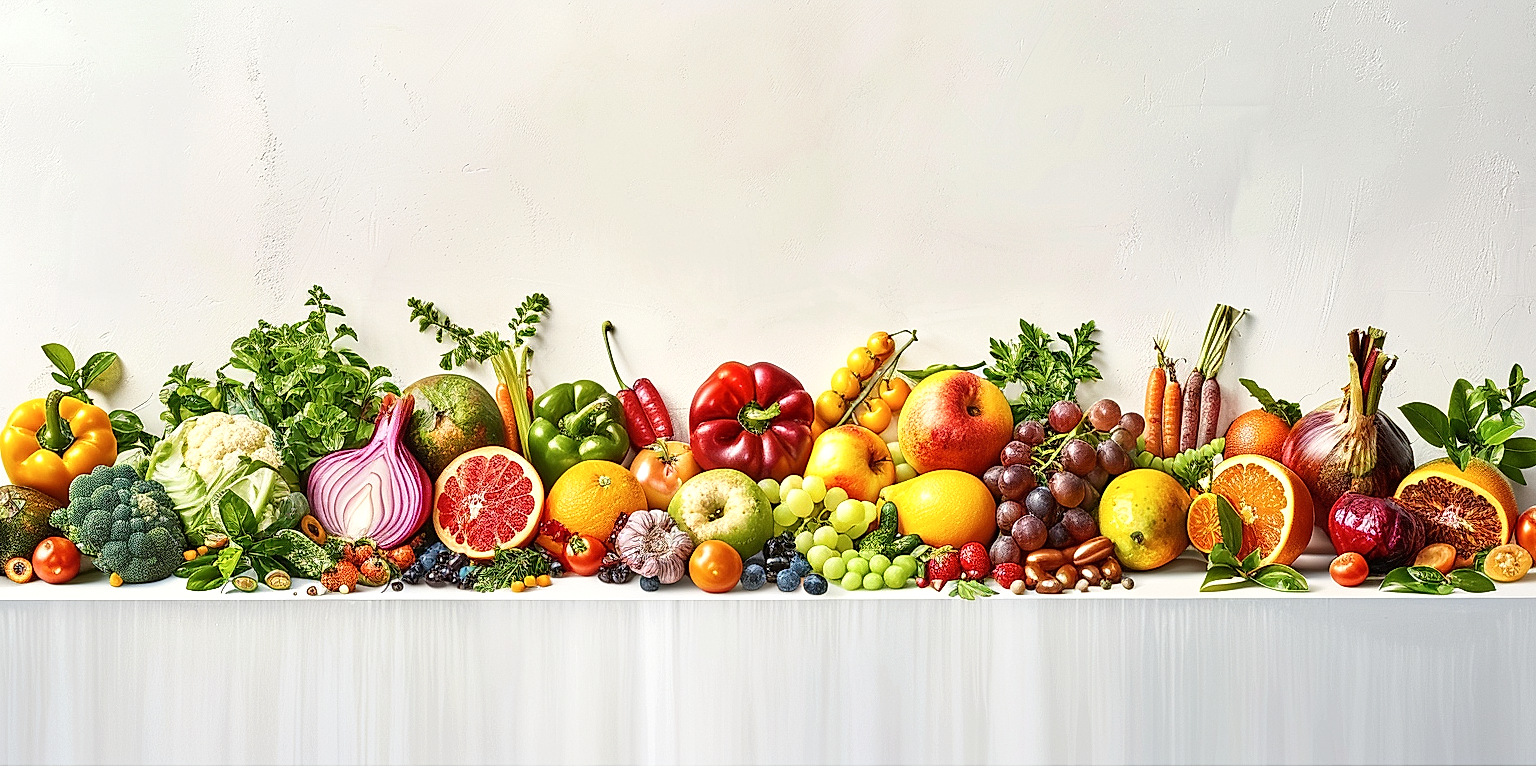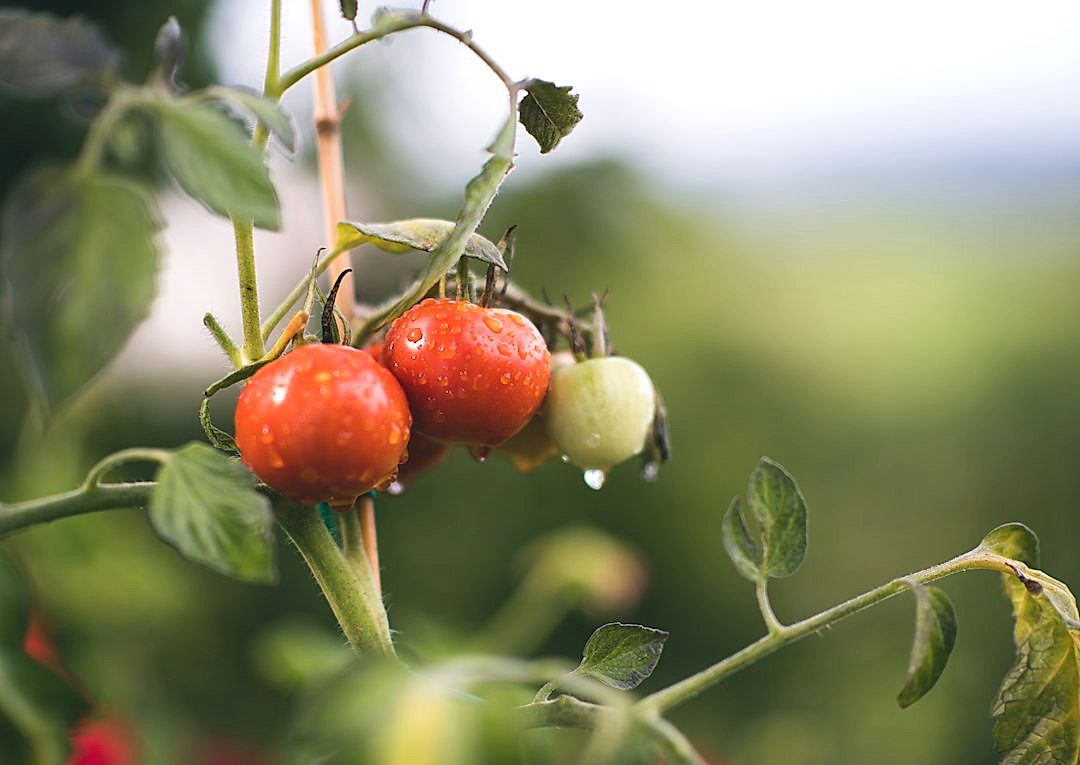As we delve deeper into the 21st century, the role of sustainable practices continues to gain significant traction in every industry.
This is particularly true in the sector of produce processing.
Businesses, customers, and regulatory bodies are now increasingly mindful of environmental implications.
Balancing economic viability while minimizing environmental footprint is a key directive across the globe.
Diverse innovations are emerging to address this ongoing need.
This article will elucidate several upcoming trends that are poised to reshape the landscape of produce processing in favor of sustainability.
Contents
Sustainability Trends In Produce Processing
1. Switching to Renewable Energy Sources
In a rapidly changing world where traditional methods of powering industries are becoming costly and harmful, embracing renewable energy sources is one of the key sustainability trends in produce processing.
More companies are now recognizing the cost benefits and long-term sustainability of utilizing energy sources that do not deplete our planet’s natural resources.
The types of renewable energy they can harness are diverse, as it includes wind, solar, hydro and bio-energy.
Switching to these energy sources not only reduces operational costs in the long run but also contributes towards mitigating climate change by reducing carbon emissions.
Renewable energy sources are not only environmentally friendly but also cost-effective in the long run, making them a viable substitution to traditional energy sources in produce processing.
The shift towards renewable energy does require an upfront investment, but the significant reduction in energy expenses typically offsets the initial cost.
Solar panels, for instance, are known for their longevity and efficiency, thus proving to be an excellent return on investment.
Moreover, the use of renewable energy can enhance a company’s reputation among environmentally conscious consumers and stakeholders.
This positively impacts the brand image and, in turn, increases the market viability of the produce processed in such facilities.
Adoption of renewable energy also encourages the growth of local green economies through the creation of jobs in the renewable energy sector, contributing to sustainable development goals on a larger scale.
Furthermore, by employing renewable energy systems, produce processing facilities can often carry on operations uninterrupted, even in areas prone to power outages.
This can help significantly in maintaining the quality and safety of produced goods, a critical aspect of the food industry.
This sustainability trend is not just about being green, but it’s all about transforming produce processing in a way that could guarantee its survival for many generations to come.
In embracing renewable energy sources, the produce processing industry is not only reducing its carbon footprint but is also setting an example for other industries to follow.
The trend towards renewable energy in produce processing demonstrates how industries can balance profitability with environmental sustainability, thus ensuring we have a more sustainable future.
While the shift to renewable energy in produce processing comes with its set of challenges, the rewards in terms of financial savings, climate mitigation, employment creation and brand reputation are definitely noteworthy.
2. Water Recycling in Processing Facilities
Water recycling in processing facilities is a pivotal sustainability trend in produce processing that significantly reduces water wastage and costs associated with purchasing fresh water.
By recycling water, processing facilities not only embrace eco-friendly practices but also drastically cut down on water usage thereby conserving a vital natural resource.
Moreover, recycling water also aids in reducing pollution since the “used” water is treated before being recycled, effectively preventing harmful substances from entering our freshwater sources.
With the advent of modern technological advancements, developing and adopting effective water recycling systems in processing facilities has become a practical and attainable goal.
Water recycling systems can range from simple, manual systems to highly sophisticated ones that are automated and require very little human intervention.
These systems can also be customized to meet the specific requirements of each processing facility, which enhances their operational efficiency.
Most importantly, adopting water recycling systems can significantly improve a company’s environmental footprint.
By reducing water wastage and pollution, companies can enhance their reputation for environmental responsibility, which can positively affect their bottom line by attracting eco-conscious customers and investors.
Additionally, many governments and non-profit organizations offer grants and other incentives to companies that implement water recycling systems in their processing facilities, further making it a financially beneficial practice.
However, despite its numerous benefits, water recycling in processing facilities does involve some challenges and it is essential for companies to consider these challenges before adopting a water recycling system.
Some of these challenges include the high initial setup cost, maintenance requirements, and potential health risks if the water is not properly treated.
Nonetheless, with adequate planning, strategic investments, and adherence to stringent safety measures, these challenges can be effectively managed, thereby enabling companies to realize the numerous benefits associated with water recycling.
By adopting water recycling systems, produce processing facilities not only make a significant contribution towards protecting and conserving the environment but also contribute to the growing trend of sustainability in the industry.
In essence, water recycling in processing facilities is an essential trend in the process industry that companies need to consider if they aim to be sustainable and environmentally conscious.
As we move towards a more eco-conscious world, it becomes increasingly important for companies to embrace practices like water recycling to not only remain competitive but also to preserve our planet for future generations.
3. Adoption of eco-friendly packaging.
The adoption of eco-friendly packaging in produce processing has emerged as a key trend in the food industry’s resurgence towards sustainability.
This change involves the switch from plastic and other non-biodegradable packaging materials to those that are not only recyclable but also pose minimal harm to the environment.
Produce processing industries are now investing more in research and development to discover new, sustainable materials for packaging.
These materials include bio-plastics, cardboard, and other plant-based materials that can decompose naturally without causing environmental pollution.
An emphasis is also being placed on the design of the packaging to ensure it is lightweight, yet strong enough to protect the produce during transportation and storage.
The shift to eco-friendly packaging not only contributes to environmental protection but could also lead to significant cost savings in the long run.
This is due to the fact that these green packaging materials are often cheaper to produce, readily available, and can bring about a decrease in waste disposal expenses.
Some produce processing companies have even begun implementing returnable or reusable packaging systems in an effort to minimise waste altogether.
This involves supplying their products in reusable containers that can be returned, cleaned, and reused multiple times before ultimately being recycled.
These kinds of practices inculcate a habit of circular economy in consumers, encouraging them to participate in recycling and reusing.
Furthermore, the switch to eco-friendly packaging has increasingly become a selling point for many brands as consumers grow more conscious about the environmental impacts of their purchases.
Brands actively advertising their switch to green packaging materials are more likely to attract a segment of consumers who value environmental sustainability.
It’s also worth noting that companies making this switch may be eligible for tax benefits and incentives offered by various governments to promote sustainable practices.
Though the shift to eco-friendly packaging does involve some initial investment, the long-term benefits to the company, consumers, and, most importantly, the environment make this a worthwhile pursuit.
Ultimately, the challenge lies in balancing the need for packaging that protects the produce, is cost-effective, and addresses environmental considerations – but the industry’s progress so far seems promising.
4. Reducing Food Waste During Processing
Food waste in the processing of produce is an issue that significantly impacts the sustainability trend in the industry.
The pressure to reduce this waste is mounting as both consumers and regulators are pushing for more environmental responsibility.
By reducing food waste during processing, businesses can promote sustainability, improve their reputation, and decrease operational costs.
The first step towards reducing food waste during processing is understanding the main sources of this waste.
In many cases, food is wasted through poor handling practices, inadequate storage, and inefficient processing techniques.
Improving these areas can significantly decrease the food waste produced during processing, contributing greatly towards sustainability.
In addition, leveraging technology can be instrumental in mitigating food waste.
For instance, advanced processing equipment can be more precise in their operation, reducing unnecessary waste of raw materials.
Better packaging solutions may also limit spoilage, leading to a reduction in food waste.
Adopting a ‘circular economy’ approach in processing facilities can also help decrease waste.
This approach involves recycling and reusing resources repeatedly instead of discarding them after a single use.
For example, food by-products that are usually discarded can be used as input for other processes.
This reduces waste and also lowers the demand for raw materials.
Employee training as well is crucial in promoting waste reduction practices.
When employees understand the significance of waste reduction and are equipped with practical techniques to minimize waste, they are more likely to adhere to these practices.
Moreover, businesses can demonstrate their commitment to reducing food waste by publishing their food waste data, showing transparency in their operations, and driving improvements through accountability.
While efforts to reduce food waste during processing can be challenging, it is a necessary pursuit in the journey towards sustainability in produce processing.
Significant strides have been made in this area, but there is still more to be done.
5. Shift towards Organic Farming Practices
In recent years, the importance of sustainability in the produce processing industry has become increasingly evident.
One such trend that’s gained significant traction is the shift towards organic farming practices.
This shift provides long-term benefits to both the environment and the sector’s economic performance.
Increasingly, facilities are choosing to source their produce from farms employing organic practices.
Organic farming practices, when integrated into produce processing, can enhance sustainability by reducing the use of synthetic fertilizers and pesticides, thus reducing their harmful effects on the environment.
These practices aim to balance the needs of the producer and the environment with a focus on conserving soil and water resources, promoting biological diversity, and reducing pollution from non-renewable resources.
Implementing organic farming practices can positively impact the produce processing industry’s operational efficiency and profitability, as these methods help reduce the dependence on chemical inputs, potentially leading to cost savings.
Moreover, by prioritizing organic farming practices in the supply chain, processing facilities can ensure that they deliver high-quality, nutritious produce that meets the growing consumer demand for organic products.
Organically grown produce is not only healthier for consumers, but it also provides additional benefits such as enhanced taste and texture, which can add further value to the final processed products.
Organic farming practices can also have the added benefit of strengthening community ties by promoting local farming initiatives and supporting small-scale farmers who have adopted these environmentally friendly methods.
Furthermore, the transparency that comes with organic farming, where consumers are more aware of where and how their food is grown, aligns well with the increasing consumer demand for transparency in the food production process.
However, it’s important to note that the transition to organic farming practices does involve short-term costs and challenges, such as certification processes and the need to educate farmers on new farming techniques.
Yet, despite these initial challenges, the long-term rewards of implementing organic practices are well worth the investment, particularly when considering the environmental and economic sustainability benefits.
Thus, the shift towards organic farming practices in the produce processing sector is not only a sustainable choice but also a strategic one that ensures the industry’s resilience and growth into the future.
The Bottom Line
Having embraced a holistic approach towards sustainability, industries across the globe are making remarkable strides in making their operations environmentally friendly.
The switch to renewable energy, adoption of water recycling methods, and use of eco-friendly packaging are revolutionizing the processing facilities landscape.
Additionally, significant efforts to reduce food waste during processing and a noticeable shift towards organic farming reflect a promising trend towards sustainable practices.
This conscious effort to minimize environmental impact is testament to the increasing communal accountability, and a sign of the positive, green future to come.




